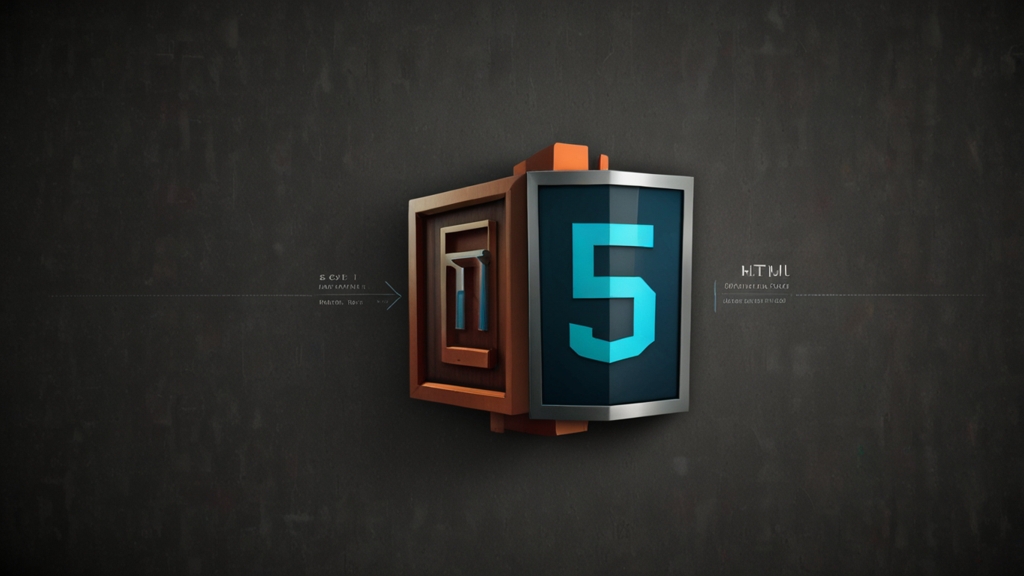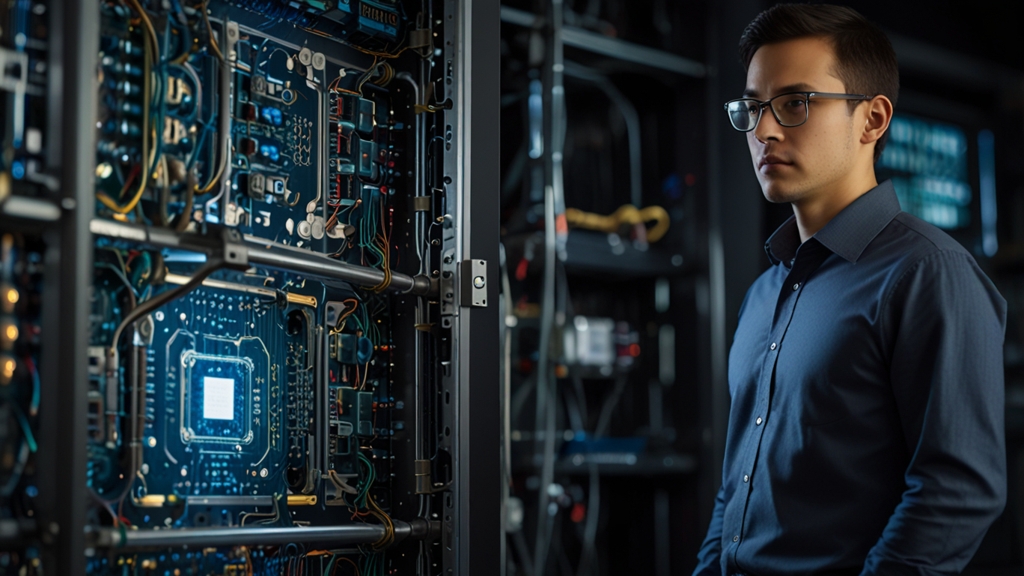From Dull to Dynamic: The Tools Revamping the Learning Experience
In the digital age, the realm of education is undergoing a transformative shift. Traditional classrooms, with their static blackboards and one-size-fits-all learning methods, are swiftly being supplemented—and in some cases, replaced—by dynamic learning tools. These innovative resources are not only making education more interactive but also more personalized and engaging. Let's explore some of the key tools that are driving this revolution.
Interactive Whiteboards
Gone are the days when teachers were confined to chalk and blackboard. Interactive whiteboards are now mainstream in modern classrooms. These digital boards allow educators to display multimedia content, annotate directly on the screen, and save lessons for future reference. This technology fosters a more engaging and flexible teaching environment.
"Interactive whiteboards transform the learning experience with real-time data sharing and interactive lessons, making complex subjects easier to understand for students," says educational technology expert Dr. Jane Smith.
Moreover, they enable greater student participation, as learners can interact with the board directly, answering questions and solving problems in a communal space. This collaborative approach not only enhances understanding but also ensures that learning is an active rather than passive experience.
Online Learning Platforms
The advent of online learning platforms like Coursera, Khan Academy, and edX has made education accessible to anyone with an internet connection. These platforms offer courses on a wide range of subjects, from computer science to art history, often for free or at a reduced cost. They include interactive elements such as quizzes, forums, and peer reviews, which enrich the learning experience.
"Online learning platforms democratize education, breaking down barriers of geography, time, and cost," states John Anderson, a prominent advocate for digital learning.
These platforms also offer micro-credentialing through certificates and badges, which can be shared on professional networks such as LinkedIn. This not only provides learners with tangible proof of their achievements but also enhances their career prospects.
Gamification
The application of game elements in non-game contexts, known as gamification, is revolutionizing the way students engage with educational content. Tools like ClassCraft and Kahoot! incorporate elements such as point scoring, leaderboards, and challenges to make learning more competitive and fun.
Gamification taps into the natural human affinity for play, motivation, and achievement. By presenting educational material as a game, educators can capture students' interest and encourage them to take an active role in their learning journey. This method is particularly effective in enhancing student engagement and retention.
Adaptive Learning Technologies
One of the most promising developments in educational technology is adaptive learning. This method uses artificial intelligence to personalize the learning experience. Tools like DreamBox and Smart Sparrow analyze students' interactions in real-time and adjust the material accordingly, ensuring that it matches their individual learning pace and style.
This tailored approach addresses the diverse needs of learners, providing additional support where necessary and advancing more quickly through material that students grasp easily. The result is a more efficient and effective learning process, with increased student satisfaction and outcomes.
Virtual and Augmented Reality
Virtual reality (VR) and augmented reality (AR) are pushing the boundaries of the traditional classroom. These technologies create immersive learning experiences that can transport students to different times and places. For instance, a history lesson could take students on a virtual tour of ancient Rome, while a biology class could offer an up-close look at the inner workings of the human body.
These immersive experiences enhance understanding and retention by allowing students to explore and interact with the subject matter in a way that traditional textbooks cannot. They also foster critical thinking and creativity, as learners can experiment and engage with concepts in a simulated, risk-free environment.
Conclusion
From interactive whiteboards to virtual reality, the tools transforming the learning experience are varied and continually evolving. These innovations are not merely add-ons to the educational process but fundamental shifts that are making learning more engaging, personalized, and effective. As technology continues to advance, we can look forward to even more exciting developments that will continue to revolutionize education, taking it from dull to dynamic.








